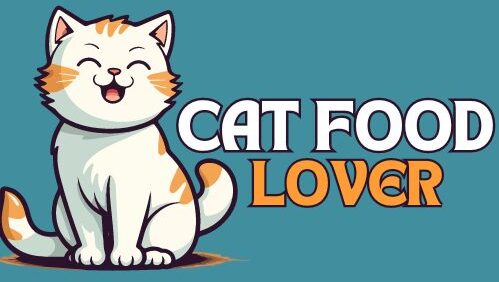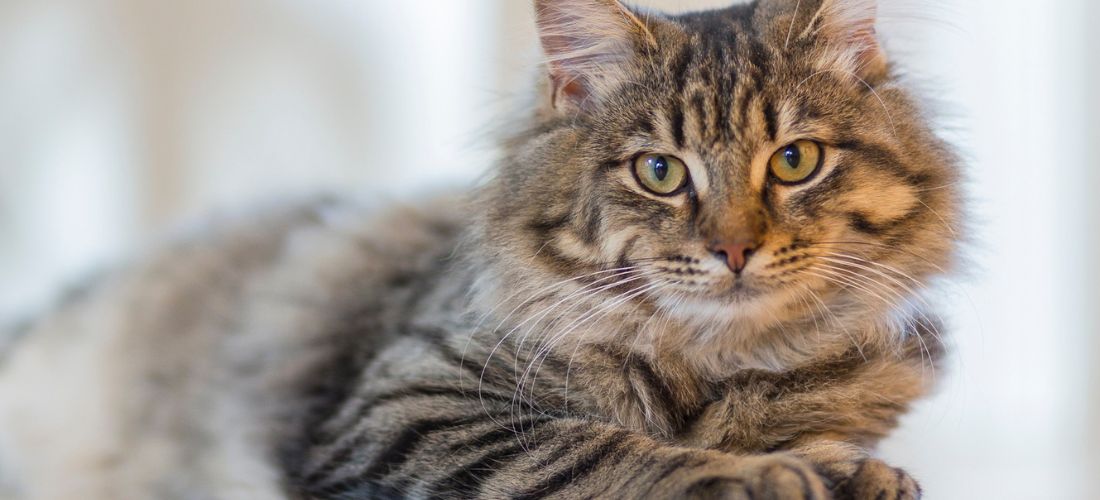In this article we will talk about,how much wet food feed a cat. Cats are unique creatures that require a balanced diet to thrive. Understanding the importance of catering to their specific nutritional needs is vital for their overall well-being. When it comes to feeding your feline friend, the choice between wet food and dry food plays a significant role in their health and weight management.
Why do cats need wet food?
One of the key benefits of wet cat food is its ability to enhance hydration levels in cats. As obligate carnivores, cats have a low thirst drive, making it crucial for them to obtain moisture from their food. Wet food provides a moisture-rich diet that helps in preventing issues related to dehydration, especially in cats that do not drink sufficient water.
Another advantage of wet cat food is its positive impact on digestive health. The high moisture content in wet food aids in digestion and can prevent digestive problems such as constipation. The increased water intake from wet food promotes the smooth passage of food through the digestive tract, supporting optimal gastrointestinal function in cats.
How much wet food to feed a cat ?
When deciding how much wet food to feed your cat, several factors come into play. Consider your cat’s age, weight, activity level, and nutritional needs. The amount of wet food required will vary between a kitten, adult cat, or senior cat. It’s essential to calculate the right portion size for your feline friend’s health.
Factors to Consider When Calculating Portion Sizes
Consulting a veterinarian is crucial for determining the appropriate amount of wet food to feed your cat. Factors such as your cat’s body weight, ideal weight, and the number of calories they need per day should be taken into consideration. Additionally, the type of wet food and the cat’s eating habits play a role in determining portion sizes.
Consulting Your Veterinarian for Dietary Recommendations
Your veterinarian can provide personalized dietary recommendations for your cat based on their specific needs. Whether your cat requires a weight management plan or has dietary restrictions, professional advice can help ensure that your cat receives the right balance of nutrients from their wet food. Regular consultations with your vet are essential for your cat’s overall health.
How to transition Wet Food from Dry Food?
When transitioning your cat from dry food to wet food, it’s important to do so gradually to avoid digestive upset. Start by mixing small amounts of wet food with their dry food and gradually increase the proportion of wet food over time. Monitoring your cat’s weight changes and appetite during this transition is crucial for their well-being.
Gradual Introduction to Avoid Digestive Upset
Introducing wet food slowly allows your cat’s digestive system to adjust to the new diet, reducing the likelihood of gastrointestinal issues. This gradual transition also helps prevent any sudden changes in your cat’s stool consistency or appetite. Patience is key when shifting your cat from dry to wet food.
Monitoring Weight Changes and Appetite
Keep a close eye on your cat’s weight and appetite as you transition them to wet food. Sudden weight loss or gain, as well as changes in their eating habits, may indicate that the new food is not agreeing with them. Consulting your veterinarian if you notice any concerning changes is advisable for the health of your cat.
Feeding Schedule and Frequency
Establishing a consistent meal routine is essential when feeding your cat wet food. Determine the number of meals per day based on your cat’s age, activity level, and preferences. Adjusting portion sizes according to your cat’s energy requirements ensures they receive the necessary nutrients without overfeeding.
Establishing a Consistent Meal Routine
Creating a feeding schedule helps regulate your cat’s appetite and maintains a healthy eating pattern. By feeding your cat at the same times each day, you establish a routine that supports their overall well-being. Consistency in feeding times also helps in monitoring your cat’s food intake and identifying any changes in appetite.
Adjusting Portions Based on Cat’s Activity Levels
Adapt the amount of wet food you feed your cat based on their activity levels and energy expenditure. Cats with a more active lifestyle may require larger portions to meet their calorie needs, while less active cats may need smaller servings to prevent weight gain. Observing your cat’s behavior can guide you in adjusting their food portions accordingly.
Monitoring Your Cat’s Weight and Health
Closely monitoring your cat’s weight and overall health is essential to ensure they are maintaining an optimal condition. Regularly weighing your cat provides valuable insights into their progress, helping you track any fluctuations in weight that may indicate health issues or dietary imbalances.
Weighing Your Cat Regularly to Track Progress
Weighing your cat on a consistent basis allows you to keep track of any changes in weight over time. This monitoring is crucial in assessing the effectiveness of their diet and identifying any potential health concerns early on. By recording your cat’s weight regularly, you can proactively address any deviations from their healthy weight range.
Identifying Signs of Overweight or Underweight
Aside from using a scale to measure your cat’s weight, it’s important to be familiar with the signs of both overweight and underweight cats. Look for physical indicators such as a prominent ribcage or excessive fat deposits to determine if your cat may be outside the healthy weight range. Consulting your veterinarian for guidance is recommended in such cases.
How should kitten diet differ from adult cats?
Providing appropriate nutrition tailored to your cat’s life stage is crucial for their overall health and well-being. Kittens and senior cats have specific dietary requirements that differ from those of adult cats, necessitating adjustments in portion sizes and nutrient intake.
Cat Wet Food Feeding Chart
| Weight of Cat | Senior Cat (per day) | Kitten (per day) |
| 1 lb | 1-2 ounces | 3-4 ounces |
| 2 lbs | 2-3 ounces | 5-6 ounces |
| 3 lbs | 3-4 ounces | 7-8 ounces |
| 4 lbs | 4-5 ounces | 8-9 ounces |
| 5 lbs | 5-6 ounces | 9-10 ounces |
| 6 lbs | 6-7 ounces | 10-11 ounces |
| 7 lbs | 7-8 ounces | 11-12 ounces |
| 8 lbs | 8-9 ounces | 12-13 ounces |
| 9 lbs | 9-10 ounces | 13-14 ounces |
| 10 lbs | 10-11 ounces | 14-15 ounces |
Notes:
- Adjust portions based on your cat’s individual needs, activity level, and health.
- Senior cats may benefit from smaller, more frequent meals.
- Kittens require more frequent feeding to support their growth and development.
- Consult with your veterinarian for specific feeding recommendations tailored to your cat’s age and health status.
How to Choose a High-Quality Wet Cat Food?
Choosing high-quality wet cat food is crucial for ensuring your feline companion receives the best nutrition. Here’s a guide to help you select the right wet cat food:
1. Check the Ingredients:
- Look for wet cat foods that list high-quality protein sources like chicken, turkey, beef, or fish as the first ingredient. These proteins are essential for your cat’s muscle development and overall health.
- Avoid foods that contain fillers such as corn, wheat, or soy, as these provide little nutritional value for cats and may contribute to allergies or digestive issues.
2. Assess Nutritional Balance:
- Ensure the wet cat food is labeled as “complete and balanced” according to the guidelines set by organizations like the AAFCO (Association of American Feed Control Officials). This ensures that the food meets minimum nutritional requirements for cats.
- Look for foods that provide a balance of protein, fats, vitamins, and minerals suitable for your cat’s life stage (e.g., kitten, adult, senior).
3. Consider Moisture Content:
- Wet cat food naturally has higher moisture content compared to dry food, which is beneficial for maintaining hydration and supporting urinary tract health in cats. Look for foods that contain around 75-78% moisture.
Conclusion
Ensuring a balanced diet for your cat is paramount in maintaining their overall well-being and health. By carefully monitoring their weight, understanding their life stage-specific nutritional requirements, and adapting portion sizes accordingly, you can support your feline companion in leading a healthy and fulfilling life.

